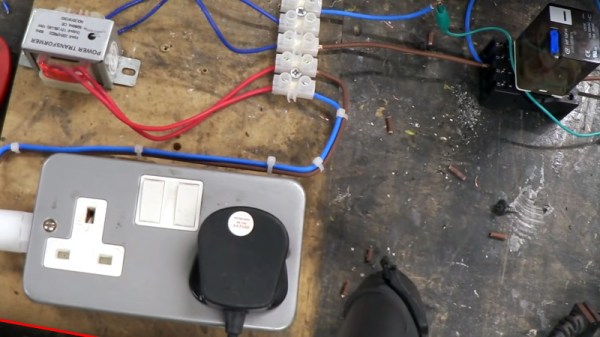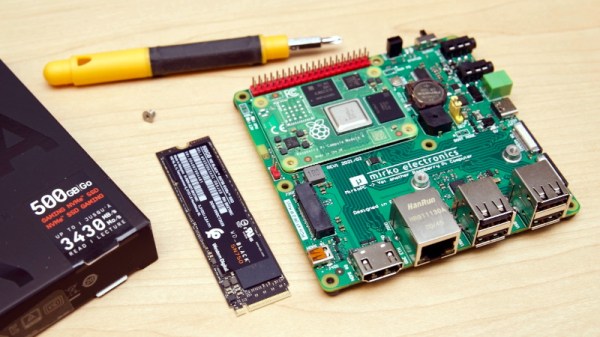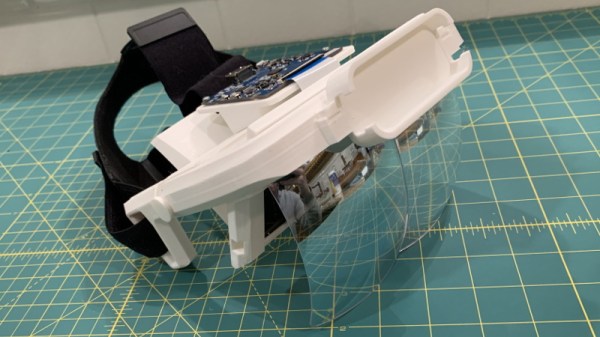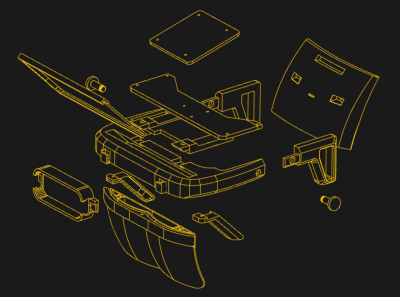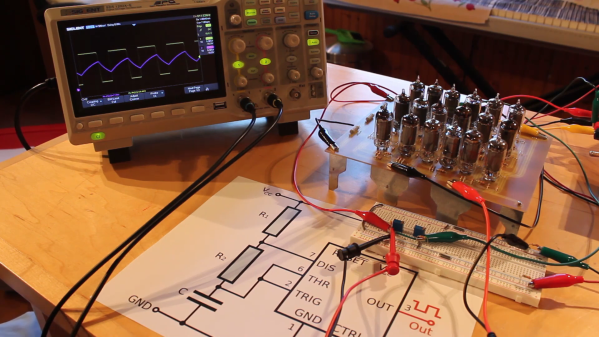A dingy and cold early February in a small British town during a pandemic lockdown is not the nicest time and place to take your exercise, but for me it has revived a forgotten memory and an interesting tale of a technology that promised a lot but delivered little. Walking through an early-1990s housing development that sprawled across the side of a hill, I noticed a couple of houses with odd antennas. Alongside the usual UHF Yagis for TV reception were small encapsulated microwave arrays about the size of a biscuit tin. Any unusual antenna piques my interest but in this case, though they are certainly unusual, I knew immediately what they were. What’s more, a much younger me really wanted one, and only didn’t sign up because their service wasn’t available where I lived.
All The Promise…

Ionica was a product of Cambridge University’s enterprise incubator, formed at the start of the 1990s with the aim of being the first to provide an effective alternative to the monopolistic British Telecom in the local loop. Which is to say that in the UK at the time the only way to get a home telephone line was to go through BT because they owned all the telephone wires, and it was Ionica’s plan to change all that by supplying home telephone services via microwave links.
Their offering would be cheaper than BT’s at the socket because no cable infrastructure would be required, and they would aim to beat the monopoly on call costs too. For a few years in the mid 1990s they were the darling of the UK tech investment world, with a cutting edge prestige office building just outside Cambridge, and TV adverts to garner interest in their product. The service launched in a few British towns and cities, and then almost overnight they found themselves in financial trouble and were gone. After their demise at the end of 1998 the service was continued for a short while, but by the end of the decade it was all over. Just what exactly happened?
Continue reading “Wet Country Wireless; How The British Weather Killed A Billion Pound Tech Company”


